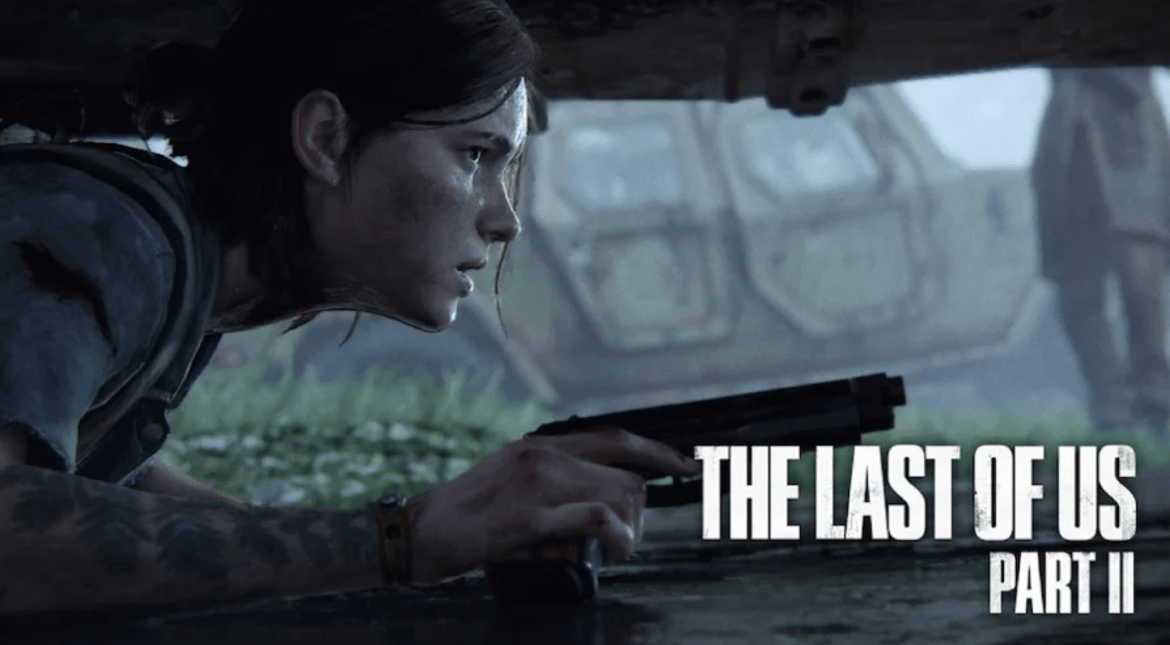In the vast narrative landscape of “The Last of Us Part II,” there’s an ever-present sense of oppression, a departure from the first installment. Every moment is fraught with tension and anticipation, akin to the unsettling vibe in A24’s “Hereditary.”
Those fleeting moments of ease are swiftly shattered, leaving little room for indulgence. Is it too weighty? Too dark? The infamous giraffe scene in the first game, a brief respite before impending terror, is a stark contrast. Yet, even then, we cautiously hoped for a turn of events for our beloved characters.
Scenes like the giraffe encounter, Joel and Ellie’s car ride after leaving Bill’s town, and Ellie exploring an abandoned hotel, are examples from the first game that were more digestible.
It was a more easily embraced narrative, revolving around a traditional story where we rooted for Joel, caring for Ellie, naturally cheering for their bond. “
The Last of Us Part II” offers little hope. Not for Joel, not for Ellie, and not even for the world they inhabit. It paints a bleak picture, quite literally spending most of the game under dark and overcast skies, with Seattle living up to its name as incessant rain pours down.

I’ve never loved a game that wounded me so deeply. After Abby ruthlessly murders Joel, I had to pause the game and take a walk. Not out of anger clouding my judgment, nor to send a direct message to Naughty Dog claiming they ruined the game, but because I felt profoundly saddened.
Part of it was shock, but emotionally, I was genuinely shaken. Even now, I can scarcely revisit that scene. Witnessing the agony in Joel’s eyes as Ellie looks on for the last time, just before Abby completes her grim task, stands as one of the most heart-wrenching images I’ve encountered in any media.
Since the first game, when Joel’s daughter Sarah was gunned down, I hadn’t felt such sorrow. We, like Ellie, were rooted in place, helplessly witnessing the brutal demise of a beloved character.

Another moment that prompted a temporary departure was when Ellie mercilessly impaled Mel, only to discover she was pregnant. It was a scene of profound darkness and left a lasting impact.
Afterward, a whiskey shot was needed to steady my nerves. Notably, in this scene, Ellie fatally shoots Owen, adding to her tally of ruthless killings. Mel’s death is exceptional on many levels.
How many unsuspecting people has Ellie brutally dispatched? How many of them might have been pregnant? It’s a dark abyss, and Mel’s death, later underscored as we switch to Abby’s perspective, further emphasizes this point. Mel tells Abby that she can’t be like her, referring to how Abby treated Joel.
Despite not being part of their circle, Mel, like Abby and Ellie, becomes another victim of the endless cycle of violence. How many deaths will bring so many endings?

The point where the cycle of violence becomes senseless is evident when Dina pleads with Ellie not to pursue Abby, especially after they’ve settled down on the farm with a child and dreams. Consider the following:
- Abby kills Joel.
- Yet, Joel killed her father, shattering the Fireflies’ dreams.
- Abby spares Ellie and Tommy.
- Ellie kills all of Abby’s friends, sparing only the fortunate Lev.
- Abby inconspicuously kills Jesse but spares Tommy.
Why continue this loop? It becomes evident that the cycle of violence loses its meaning. Here, Dina’s plea becomes heartbreaking as we realize how much darkness Ellie has succumbed to, influenced by PTSD and the dreadful timing of Tommy’s insistence on pursuing Abby.
My shouted words at the TV were too incomprehensible to put into words. Yet, no matter how loudly I yelled at Ellie, she wouldn’t listen to me, nor to Dina. It’s another incredibly dark moment as we see Ellie sneak away from a sleeping Dina and their child, never to return to a once vibrant home.
These moments in “The Last of Us Part II” truly allow you to appreciate Naughty Dog’s audacity and adventurous spirit. How dark is too dark? Should Ellie die? Should she murder Abby? What do you think should happen to our characters?



Leave a Reply